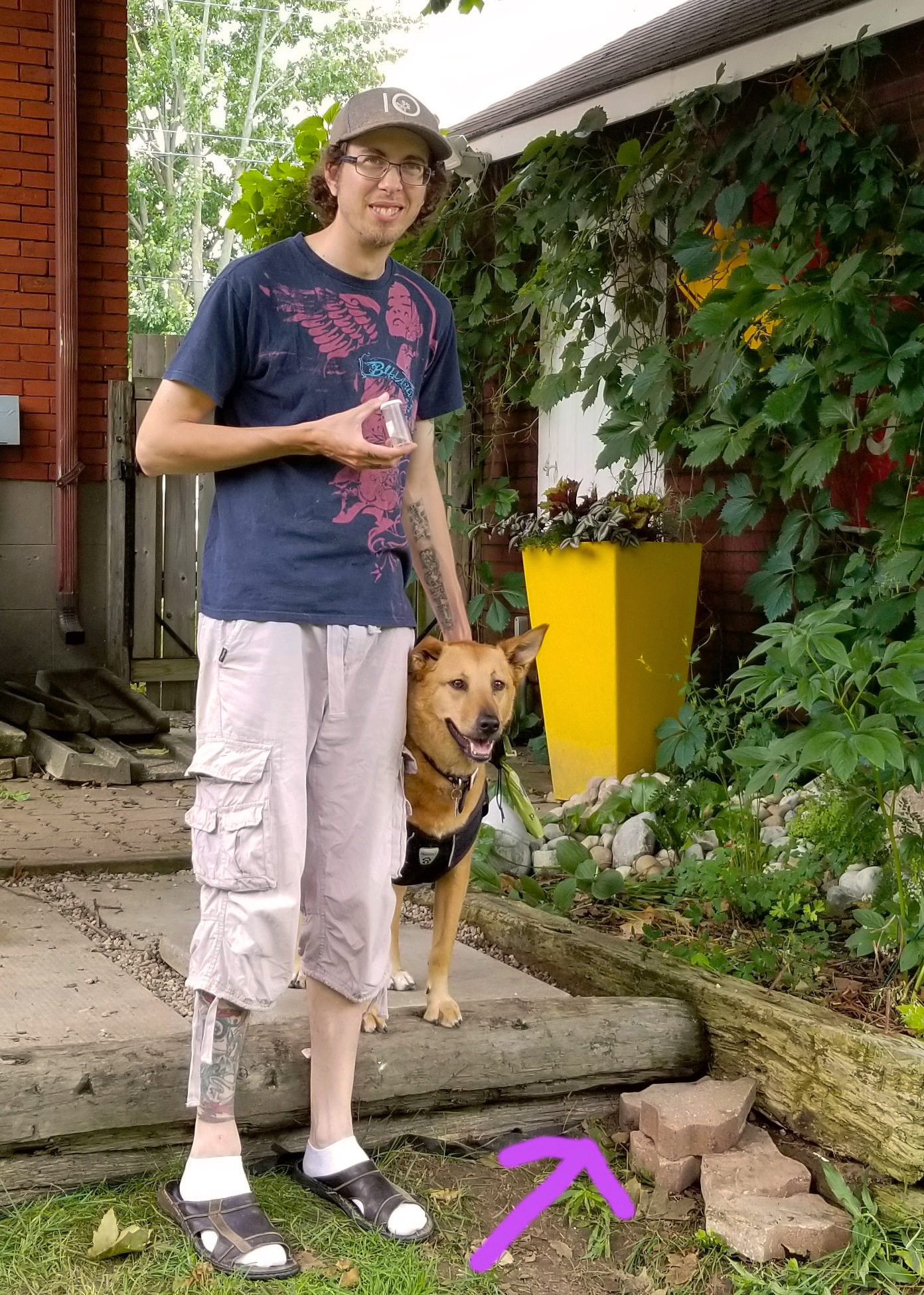Did you beat the odds this year and spot a bumble bee nest? If so, we really want to hear from you for York University’s #Quest4BeeNests research project!
Bumble bee nests are typically very hard to find, as they may be underground, accessible only by a small hole, hidden underneath thick grasses, or set deep in a stone wall. Even bumble bee researchers may only come across a handful of wild nests in their entire career! But with more people keeping an eye out for bumble bees, more nests are also being found. Keen observers have been spotting them in their backyards and while out in nature—and we’re all learning from these observations.
Back in March we put out a call for nests with York University’s #Quest4BeeNests research project—and you responded. We have had nearly 120 nests submitted through Bumble Bee Watch and our other channels in 2019.

We also tested the ability of dogs to detect bumble bee nests in a separate project. Just as dogs can be trained to find clues, they can also be trained to find most anything, including rare bumble bees. Several of you helped with those efforts. Thank you!
We needed known wild bumble bee nests to train and test the specially selected dogs before bringing them into new areas to search for nests. It turns out this was even more important than we realized, as commercially reared bee nests “smell” different than wild nests of the same species. A big thank you to individuals like Sandy, Joe, and Jane of Georgetown; Robin, Marissa, and Karen of Guelph; and Tyler of Norwich for reporting their nests, inviting us onto their properties with the detection dogs to further our knowledge, and expanding training opportunities for dogs. We’ll report more on this project in an upcoming Bumble Bee Watch e-news, so stay tuned.

We are still looking for more nests from anywhere in Canada or the United States. If you have photos of a nest and bees inside it or coming and going from it, please submit to the nest reporting page of Bumble Bee Watch. If you have a video, you can submit to #Quest4BeeNests.
While we know a lot about what types of flowers bumble bees like, we know very little about where they nest or overwinter, and this is a critical data gap we need to fill in order to increase effective conservation efforts. Please keep your eyes open this fall and early next spring!
Learn More
Learn more about the #Quest4BeeNests.
Nest reporting page of Bumble Bee Watch.



